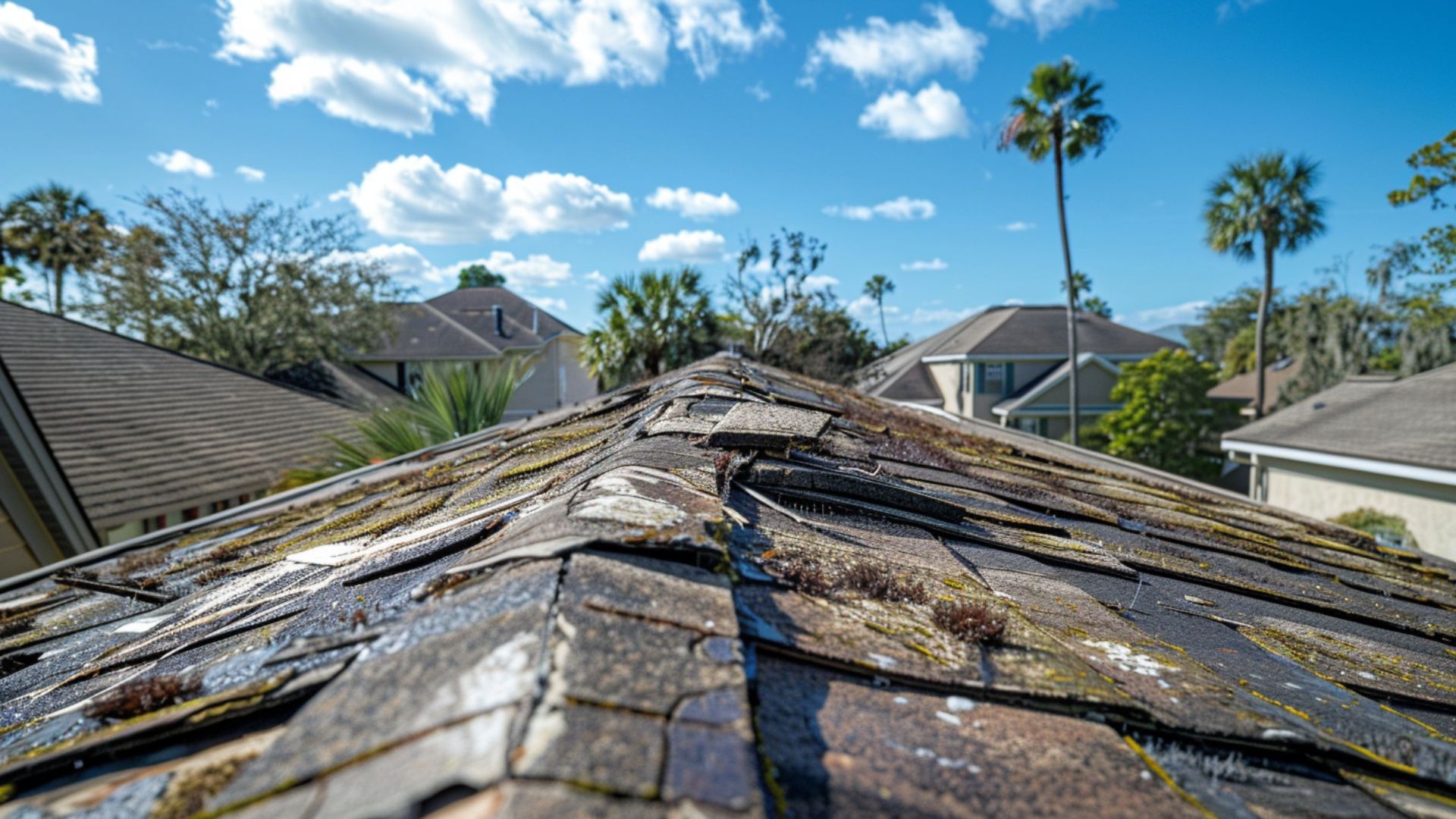
Homeowner’s Guide to Pitched Roof Maintenance
Pitched roof maintenance is essential for protecting your home and preserving its value. Regular upkeep ensures your roof remains functional and visually appealing, safeguarding your investment while enhancing your property’s curb appeal.
Consistent maintenance helps identify and address potential issues early, such as missing tiles or clogged gutters. This proactive approach not only extends the lifespan of your roofing materials but also prevents costly repairs and improves energy efficiency.
A well-maintained roof also adds to your home’s aesthetic charm, making it a valuable feature when selling or renovating. Addressing problems before they escalate—like leaks, moss buildup, or improper water drainage—ensures your roof stays durable and dependable.
Ready to secure your home with a trusted roofer?
Call Steel Rudder Roofing now for an immediate consultation!
Key Takeaways
- Pitched Roofs Require Regular Care: Regular maintenance is vital to ensure your pitched roof remains durable, functional, and free from costly damage over time.
- Choose the Right Materials: Invest in durable materials like asphalt shingles, metal, or tiles that suit your local climate to maximize roof performance.
- Professional Installation Matters: Expert installation by licensed contractors guarantees structural stability, compliance with building codes, and long-lasting results.
- Regular Inspections Prevent Issues: Biannual inspections help identify and resolve problems early, protecting your roof from water leaks, wear, and damage.
- Climate Impacts Maintenance :Needs Different climates require specific roof designs. Steep pitches are ideal for snowy regions, while low pitches improve ventilation in warmer areas.
- Proper Insulation and Ventilation: Maintain energy efficiency and prevent moisture buildup with effective attic insulation and ventilation.
- Steel Rudder Roofing Can Help: Trust professionals to deliver top-quality pitched roof maintenance for enhanced protection and peace of mind.
What is a Pitched Roof?
A pitched roof is characterized by its sloped structure, where two or more surfaces meet at a peak. This design allows rainwater, snow, and debris to slide off easily, making it highly functional. Pitched roofs have been a key feature in architecture across various cultures and climates due to their durability and aesthetic appeal.
When selecting a roof pitch, it’s crucial to choose the right one to enhance the roof’s performance. For instance, pyramid roofs typically require a steeper pitch for a distinctive look, while commercial roofs often opt for a gentler pitch to focus on practicality and ease of maintenance.
The choice of roof pitch also varies depending on the climate. In snowy regions, steeper roofs are necessary to prevent the accumulation of snow, while in warmer climates, a lower pitch helps with ventilation and cooling.
Key components of a pitched roof include:
- Rafters and Trusses: These provide primary support, with rafters running from the peak to the eaves and trusses forming triangular frames for added strength.
- Purlins: Horizontal beams that support the rafters, offering additional stability.
- Decking: The surface layer, usually made of plywood or OSB, where the roofing material is applied.
- Roofing Material: Options such as shingles, tiles, or metal sheets provide the exterior covering.
- Insulation and Ventilation: Proper attic insulation and ventilation help maintain energy efficiency and prevent moisture buildup.
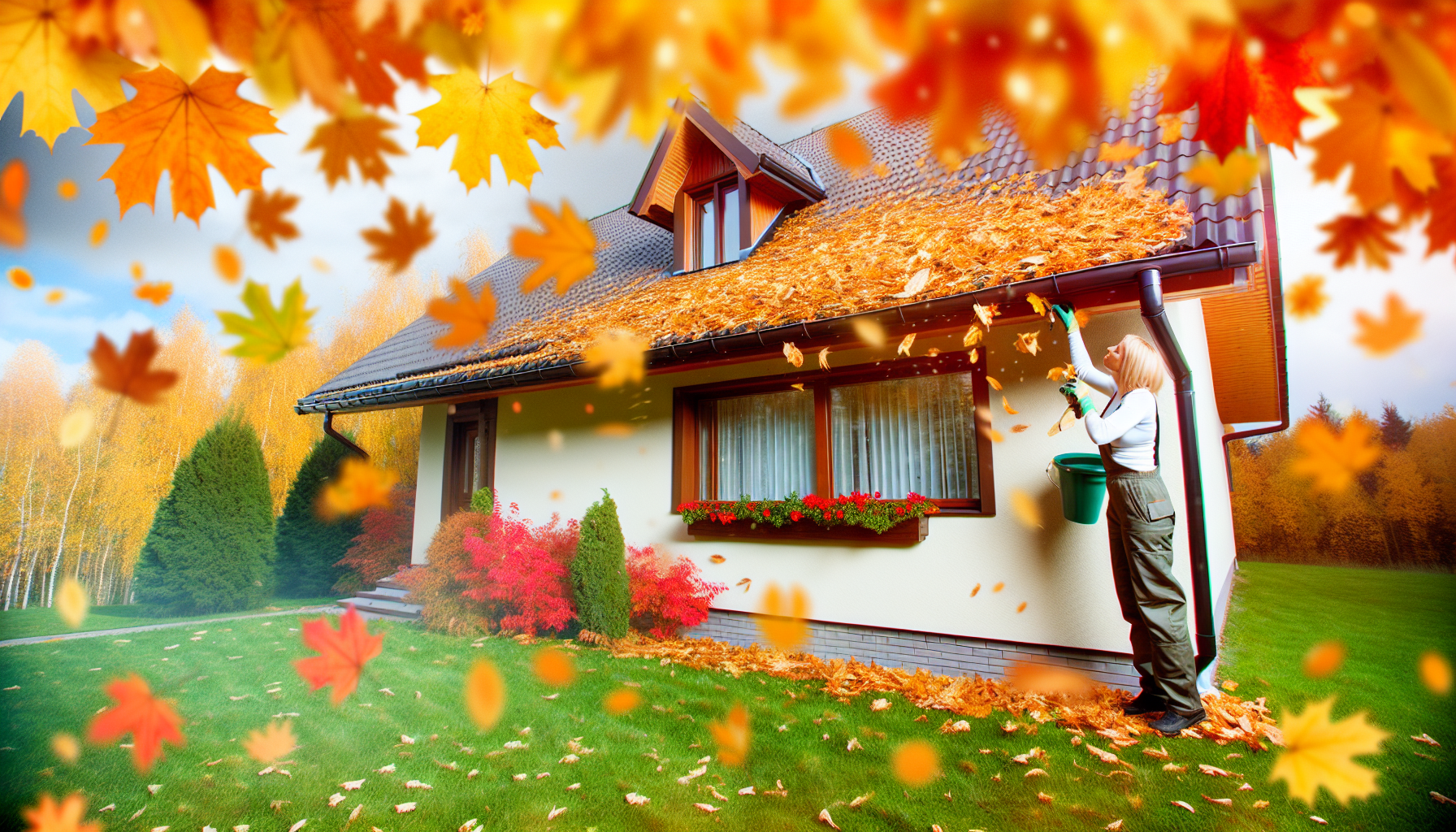
Why Pitched Roof Maintenance Matters
Pitched roofs are a staple in many homes, admired for their durability and classic look. However, their steep angles and exposure to the elements make regular maintenance a necessity. Neglecting your pitched roof can lead to issues such as leaks, mold growth, and even structural damage. Here’s why maintenance is indispensable:
- Prevent Costly Repairs: Addressing minor issues like missing tiles or clogged gutters early can save you from costly repairs later.
- Enhance Longevity: Proper care extends the lifespan of roofing materials, delaying the need for replacements.
- Boost Energy Efficiency: A clean, intact roof helps maintain proper insulation, reducing heating and cooling costs.
- Improve Curb Appeal: A well-kept roof complements the home’s exterior, enhancing its overall aesthetic value.
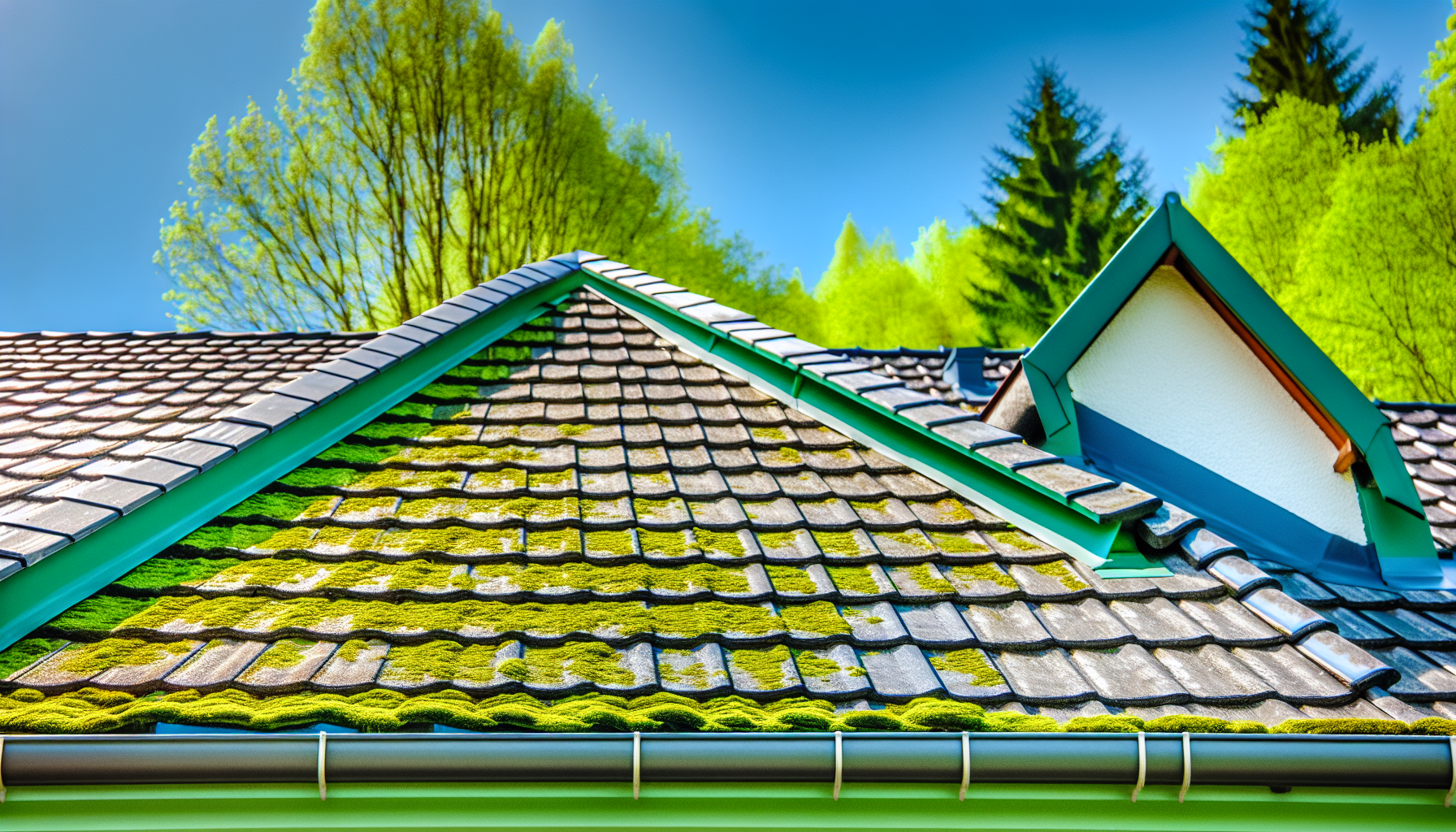
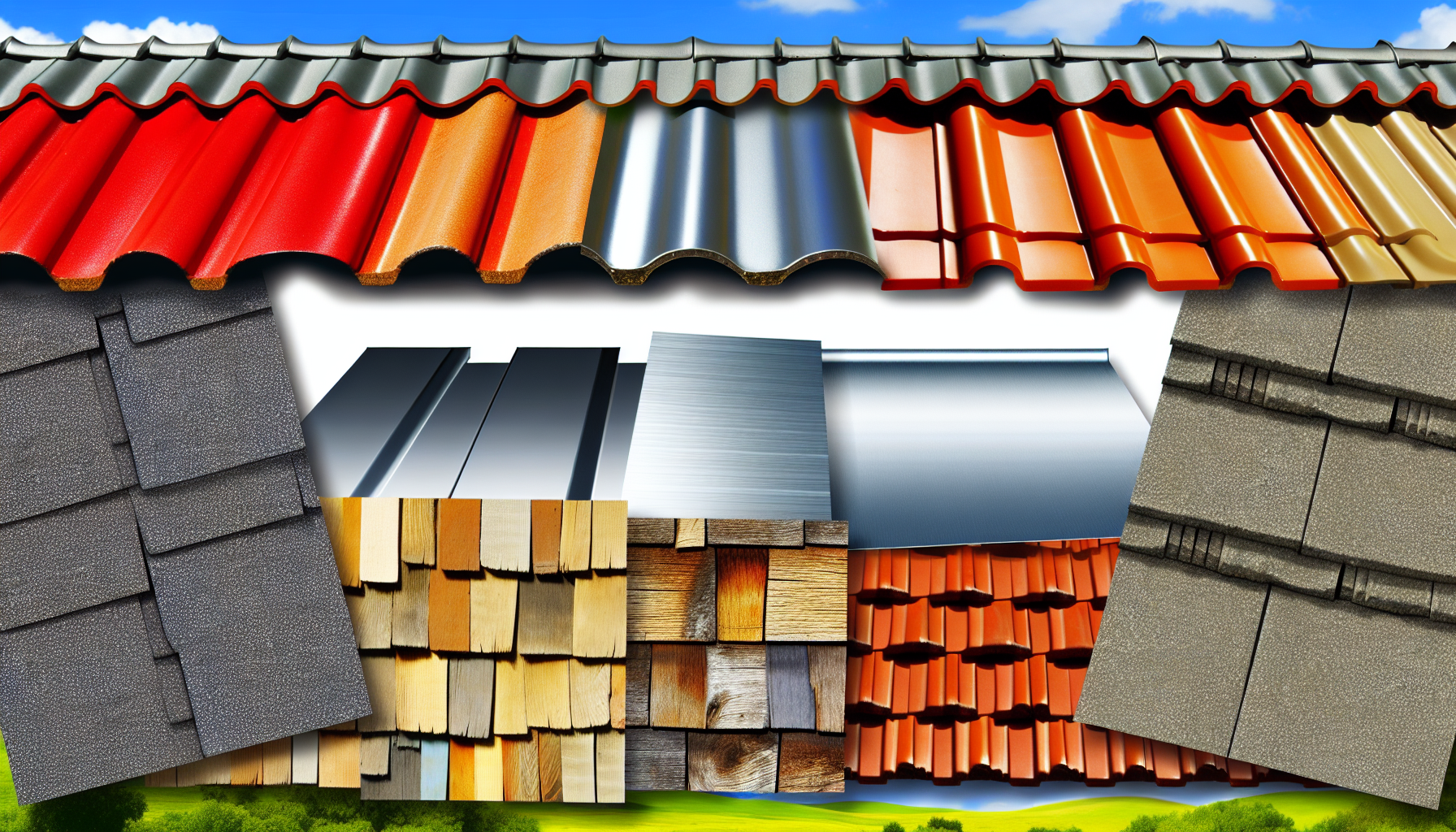
Regular Visual Inspection of Pitched Roofs
Proper maintenance of a pitched roof is essential to ensure its longevity and structural integrity. Regular visual inspections can help identify issues early and prevent costly repairs. Here’s a comprehensive guide to conducting a visual inspection:
1. Ground-Level Inspection
- Use binoculars to examine the roof from the ground.
- Look for visible damage such as missing, cracked, or dislodged tiles.
2. Safety Precautions
- Avoid climbing on the roof without proper safety gear.
- Use a stable ladder and ensure someone is nearby to assist in case of emergencies.
3. Overhanging Trees
- Look for branches touching or overhanging the roof.
- Trim back branches to prevent structural issues and potential hazards.
4. Gutter Inspection
- Ensure gutters are securely attached and free of blockages.
- Blocked gutters can lead to water overflow, which may damage the roof and house structure.
5. See Structural Damage
- Inspect for signs of sagging, dips, or uneven roof lines.
- These issues may indicate underlying structural problems that require professional attention.
6. Interior Examination
- Check the attic for water damage, ceiling stains, damp insulation, or signs of mould.
- These are common indicators of roof leaks that need immediate repair.
7. Professional Assistance
If significant damage or structural issues are found, consult a professional for a detailed inspection.
Many roofing companies, such as Steel Rudder Roofing, offer free roof inspections to catch problems early and provide expert advice.
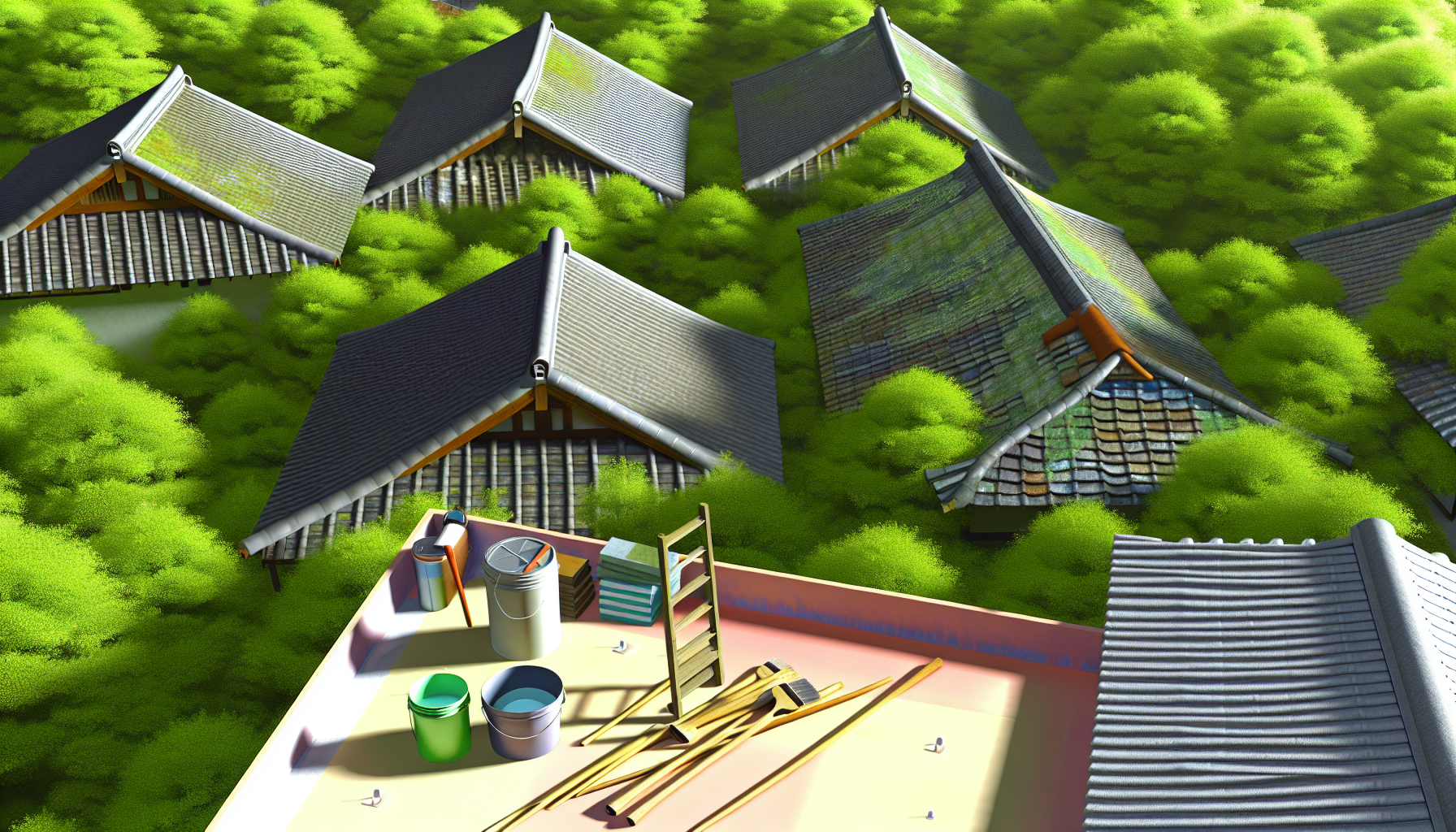
Benefits of a Pitched Roof Maintenance
Pitched roofs provide a variety of benefits, making them a popular choice for both residential and commercial buildings. Here are the key advantages:
1. Efficient Water Drainage
- The sloped design of a pitched roof facilitates quick runoff of rainwater and melting snow, preventing water pooling and minimizing the risk of leaks and water damage.
2. Aesthetic Appeal
- Pitched roofs enhance the visual appeal of a building, adding character and style. They complement various architectural designs, which can increase the property’s curb appeal and market value.
3. Additional Space
- The slope of a pitched roof creates extra usable space, such as attics or lofts. These areas can be used for storage or converted into living spaces like bedrooms, offices, or playrooms, increasing the overall square footage of the home.
4. Energy Efficiency
- Well-insulated pitched roofs contribute to energy savings by regulating indoor temperatures. In summer, they help with cooling by preventing heat buildup in the attic. In winter, proper insulation retains warmth, reducing the need for heating and lowering energy costs.

Essential Maintenance Guide for Pitched Roofs
Proper maintenance of a pitched roof is essential to ensure its longevity, performance, and safety. Below are key maintenance tasks for homeowners to consider to keep their pitched roof in optimal condition.
1. Regular Inspections
Regular inspections are crucial to identifying potential issues early, preventing costly repairs down the line. Here’s how to conduct an effective roof inspection:
How to Inspect Your Roof:
- Frequency: Inspect your roof at least twice a year—once in the spring and again in the fall. Additionally, inspect the roof after any severe weather event (e.g., heavy rain, storms, or snow).
- Visual Inspection: Use a ladder to check for visible signs of damage, such as missing, cracked, or curled shingles. Look for debris like leaves, branches, or moss buildup.
- Gutters and Downspouts: Inspect your gutters and downspouts for blockages. Clogged gutters can lead to water damage and mold.
- Flashing: Check the flashing around chimneys, vents, and skylights. Ensure that there are no gaps or signs of rust and corrosion.
- Roof Valleys: Pay attention to the roof valleys, where two slopes meet, as they are especially prone to debris accumulation and water damage.
2. Cleaning and Clearing Debris
Keeping your roof clear of debris is vital for maintaining water drainage and preventing moisture buildup, which can lead to mold and rot.
How to Clean Your Roof:
- Remove Leaves and Branches: Use a roof rake or a soft-bristled broom to gently remove leaves, branches, and other debris. Start at the top and work your way down.
- Clean Gutters and Downspouts: Gutters should be cleaned out regularly, especially after storms or fall. Use gloves and a scoop to remove leaves, dirt, and debris. Ensure the downspouts are clear so that water can flow freely.
- Moss and Algae Removal: If you notice moss or algae growing on your roof, use a mixture of water and bleach or a commercial cleaner designed for roofing materials. Gently scrub the affected areas, but avoid using high-pressure washers as they can damage the shingles.
3. Check for Damaged or Missing Shingles
Shingles protect the roof structure from water damage, and missing or damaged shingles can lead to leaks and costly repairs.
How to Check for Shingle Damage:
- Look for Cracks or Curling: Inspect shingles for signs of cracking, curling, or blistering. These indicate age or weather-related damage and may require replacement.
- Missing Shingles: Check for any missing shingles that could expose the roof deck to the elements. If shingles are missing, replace them as soon as possible to prevent leaks.
- Loose Shingles: Gently press down on shingles to check if they’re securely attached. Loose shingles should be re-nailed or replaced.
4. Inspect Flashing and Roof Penetrations
Flashing is the metal or sealant used around roof penetrations like chimneys, skylights, and vents. Over time, flashing can deteriorate, leading to leaks.
How to Inspect Flashing:
- Look for Rust or Corrosion: Inspect metal flashing for signs of rust or corrosion. Any damage should be repaired or replaced to maintain the integrity of the roof.
- Sealant Gaps: Check around roof penetrations for gaps in the sealant. Reapply roofing sealant to any areas where the old sealant has cracked or worn away.
- Chimney and Skylight Flashing: Ensure the flashing around chimneys, skylights, and vents is intact and properly sealed. Gaps in the flashing can allow water to enter the home.
5. Monitor Roof Ventilation
Proper attic ventilation is essential for preventing heat buildup and moisture accumulation, which can lead to mold, mildew, and reduced energy efficiency.
How to Check Ventilation:
- Check Attic Vents: Ensure that your attic vents (soffit vents, ridge vents, or gable vents) are clear of debris and functioning properly. This will allow for proper airflow, reducing the risk of moisture buildup.
- Look for Signs of Overheating or Humidity: Check the attic for signs of excessive heat, mold, or mildew. If your attic feels unusually hot or humid, your roof ventilation system may need to be improved.
- Install or Replace Vents if Necessary: If you notice inadequate ventilation, consider adding more vents or replacing existing ones. This will help regulate attic temperature and moisture levels, improving overall energy efficiency.
6. Maintain Insulation
Proper insulation in the attic is crucial for energy efficiency, temperature regulation, and preventing moisture buildup.
How to Maintain Insulation:
- Inspect Attic Insulation: Check for signs of moisture or mold in the attic insulation. Wet or moldy insulation should be replaced promptly to prevent further damage.
- Seal Gaps and Leaks: Ensure that there are no gaps or air leaks around pipes, vents, or wiring that could reduce insulation efficiency. Seal any gaps with foam or caulk.
- Add Insulation if Necessary: If your attic has insufficient insulation, consider adding more to keep the home cooler in summer and warmer in winter.
7. Hire a Professional for Major Repairs
While homeowners can perform regular maintenance tasks, some roof issues may require professional expertise. If you notice significant damage, such as a sagging roof structure, extensive leaks, or a large number of missing shingles, it’s time to hire a professional roofer.
When to Call a Professional:
- Structural Damage: If you notice sagging rafters or beams, call a professional to inspect the roof structure.
- Widespread Shingle Damage: If a large section of the roof is damaged, replacing shingles may be beyond the scope of DIY repair. A professional will ensure the entire roof is properly repaired.
- Persistent Leaks: If leaks persist despite minor repairs, it’s time to consult a roofer to address the underlying cause.
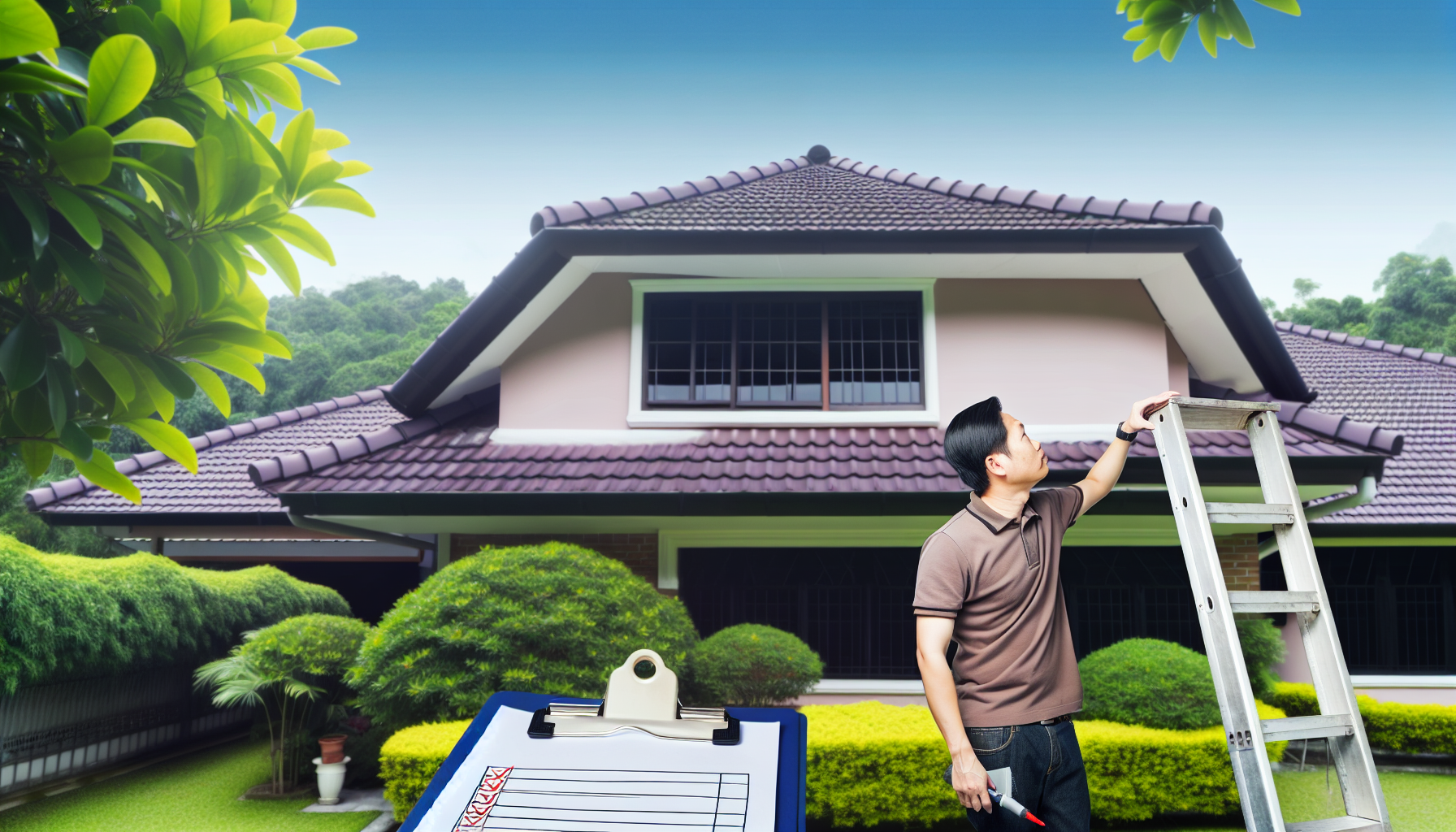
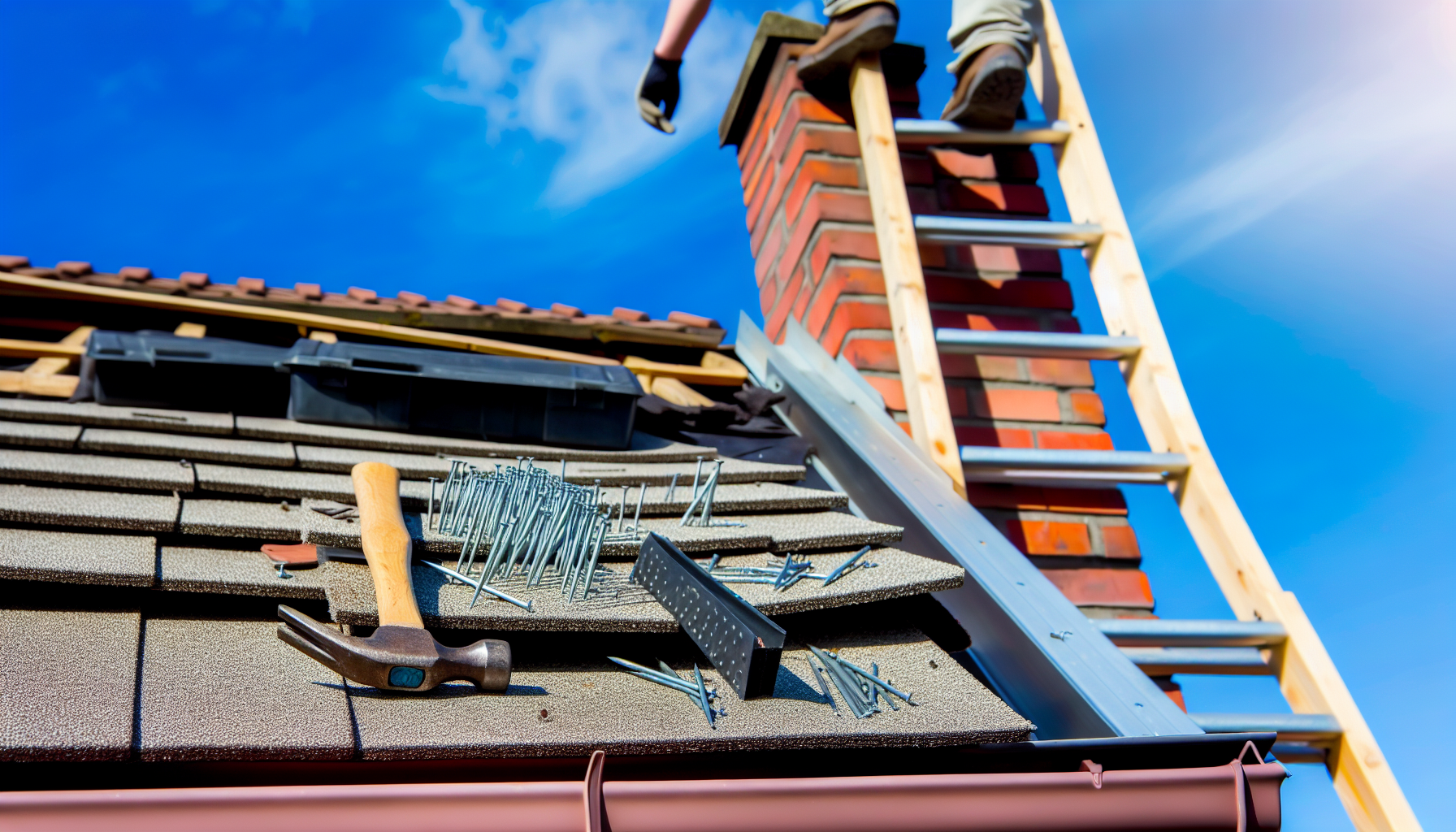
Are you ready for pitched roof maintenance?
Maintaining a pitched roof is essential for ensuring its longevity, functionality, and aesthetic appeal. Regular inspections, cleaning, and timely repairs help prevent costly damage and extend the lifespan of your roof. By understanding the unique maintenance requirements of different roofing materials, homeowners can make informed decisions about upkeep.
Whether you have asphalt shingles, metal roofing, or more specialized materials like slate or clay, proactive maintenance will ensure your roof continues to protect your home effectively for many years. Remember, hiring a professional roofer for complex tasks is crucial for safety and optimal results.
How long do you want to deal with roofing problems?
Contact us for a free consultation and start your journey to a new, worry-free roof with Steel Rudder Roofing!
Get in Touch
(904) 699-4573
kenbaker@steelrudder.com
Hours of Operation
Monday – Friday: 8am – 6pm
Saturday – Sunday: 9am – 1pm
Our Headquarters
10151 Deerwood Park Blvd.
Building 200, Suite 250
Jacksonville, FL 32256
